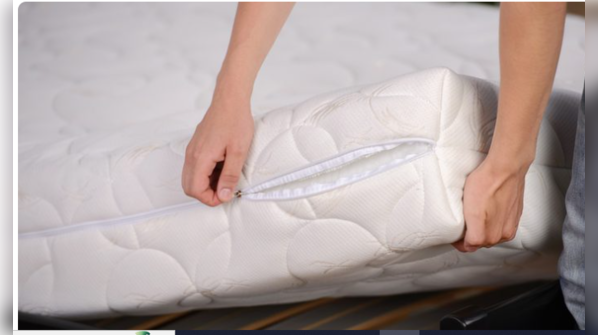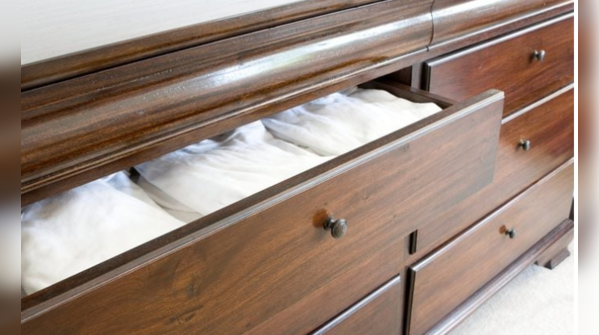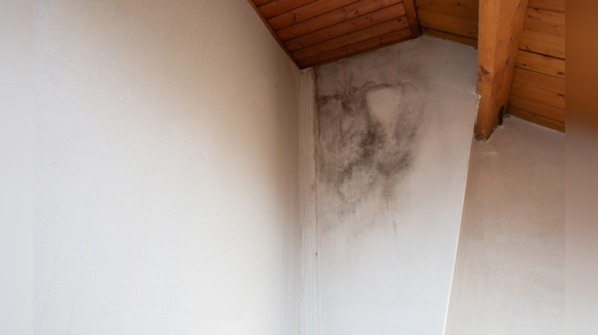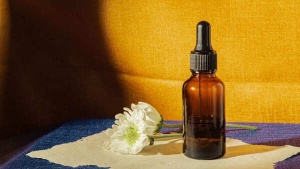The bedroom, often considered a sanctuary for rest and relaxation, can surprisingly harbor hidden dangers that pose a threat to your health. While we dedicate a significant portion of our lives to this space, primarily for sleep, it often serves multiple purposes, from reading and watching television to a play area for children, particularly in urban dwellings where space is limited. However, common items within your bedroom may present unseen health risks. These aren't the obvious hazards, but subtle threats that require attention.
Here are five often-overlooked bedroom dangers and how to address them:

While your mattress may seem comfortable, an aging one can become a health hazard. Mattresses exceeding 7-8 years in age accumulate sweat, dead skin cells, dust mites, mold, and bacteria. Regular cleaning methods often prove insufficient in combating these accumulations. This creates a potentially toxic environment that you inhale nightly. Older adults are particularly vulnerable due to their weakened immune systems. Research indicates that old mattresses release harmful chemicals and allergens, potentially leading to skin rashes, respiratory issues, and exacerbated allergies.
Solution: Replace your mattress every 7-10 years. Opt for mattresses crafted from non-toxic materials like organic latex or memory foam. Use a waterproof mattress protector to prevent the accumulation of sweat and dust mites, and vacuum your mattress on a regular basis.

Pillows and bedding are prime breeding grounds for dust mites, microscopic creatures that thrive on dead skin cells. Dust mites are known triggers for allergies, asthma, and skin irritation. They can also contribute to respiratory problems that may evolve into lung issues. Old pillows are particularly susceptible to the accumulation of dust mites, sweat, and allergens, making them a concealed threat within your sleep environment.
Solution: Wash your bedding weekly in hot water to eliminate dust mites. Replace pillows every 1-2 years and use hypoallergenic pillowcases.

While many use air fresheners to maintain a pleasant scent in their bedrooms, these products often contain harmful chemicals known as phthalates. Phthalates are associated with hormonal disruptions and potential reproductive harm. Regular use of synthetic air fresheners can degrade indoor air quality and silently compromise your health, as well as trigger migraines and allergies.
Solution: Avoid air fresheners altogether (except for use in the bathroom if necessary). Instead, ventilate the room by opening windows to allow fresh air to circulate, or explore natural alternatives such as essential oils.

Exposure to artificial light in close proximity to the bed, especially the blue light emitted from digital clocks, smartphones, and LED bulbs, can disrupt your sleep cycle by suppressing melatonin, the hormone responsible for inducing sleep. This is particularly detrimental to older adults, who exhibit heightened sensitivity to light at night. Inadequate sleep resulting from artificial light exposure elevates the risk of heart disease, diabetes, and even certain cancers.
Solution: Utilize blackout curtains to create darkness and employ dim, warm-colored lights in the evening. Keep electronic devices away from your bed.

Mold thrives in damp environments and may remain undetected until it manifests as health problems. Mold spores circulating in the bedroom air can trigger asthma attacks, allergies, and respiratory infections. For seniors and individuals with compromised immune systems, mold exposure can be particularly dangerous. Mold can also worsen skin conditions and induce systemic inflammation affecting joints and the heart. Mold is commonly found in homes with limited natural light.
Solution: Routinely inspect for signs of mold, such as water stains, peeling paint, or musty odors. If mold is detected, seek professional assistance for safe removal.
Newer articles
Older articles
 Earth's Spin Accelerating: Scientists Predict Potential 'Negative Leap Second' by 2029
Earth's Spin Accelerating: Scientists Predict Potential 'Negative Leap Second' by 2029
 5 Subtle Signs of Cervical Cancer Women Often Miss
5 Subtle Signs of Cervical Cancer Women Often Miss
 Hair Oil vs. Hair Serum: Choosing the Right Treatment for Your Hair Type
Hair Oil vs. Hair Serum: Choosing the Right Treatment for Your Hair Type
 Steven Smith Targets Test Return After Unique Baseball Cage Recovery in New York
Steven Smith Targets Test Return After Unique Baseball Cage Recovery in New York
 Bollywood's Enduring Fascination with Indian Mythology: From Ramayana to Modern Blockbusters
Bollywood's Enduring Fascination with Indian Mythology: From Ramayana to Modern Blockbusters
 Liver Disease: 5 Subtle Warning Signs You Shouldn't Ignore
Liver Disease: 5 Subtle Warning Signs You Shouldn't Ignore
 Heart Attack Warning: Key Signs That Can Appear Weeks in Advance
Heart Attack Warning: Key Signs That Can Appear Weeks in Advance
 New Zealand Announces Packed Home Cricket Schedule Featuring Australia, England, West Indies, and South Africa
New Zealand Announces Packed Home Cricket Schedule Featuring Australia, England, West Indies, and South Africa
 Wimbledon Upset: Bhambri & Galloway's Doubles Run Halted in Tiebreak Thriller
Wimbledon Upset: Bhambri & Galloway's Doubles Run Halted in Tiebreak Thriller
 Daren Sammy Fined, Receives Demerit Point for Third Umpire Criticism After Test Match
Daren Sammy Fined, Receives Demerit Point for Third Umpire Criticism After Test Match